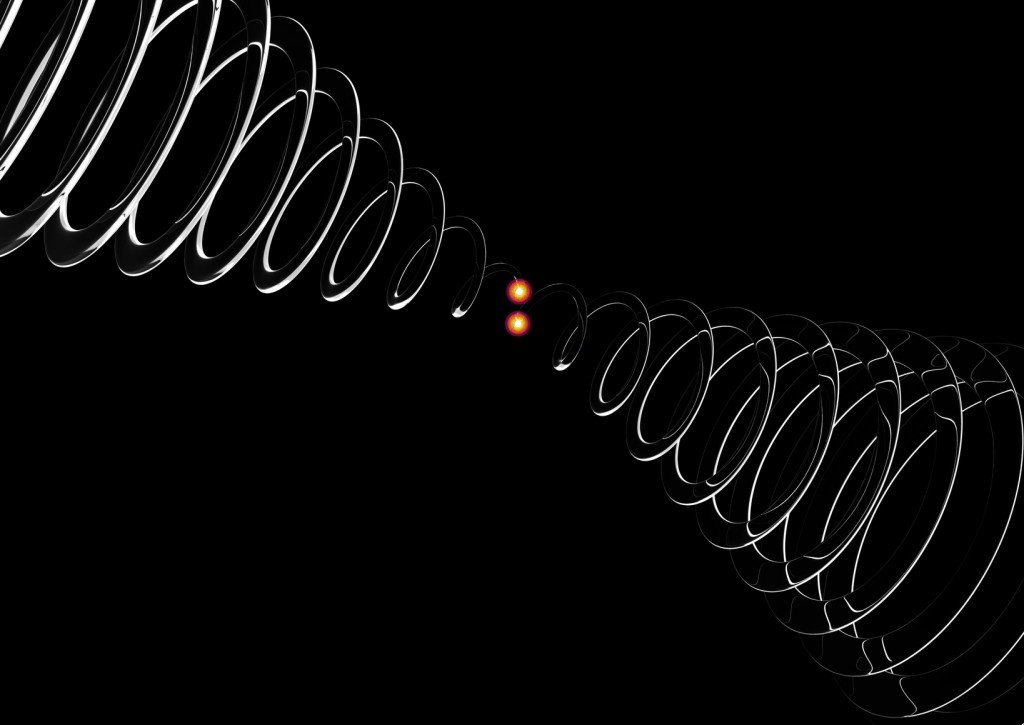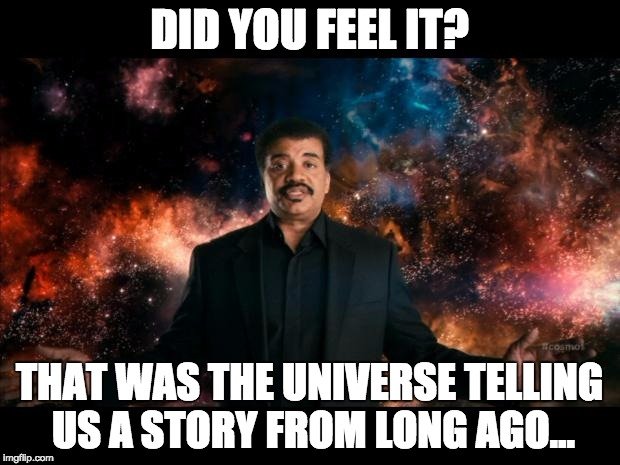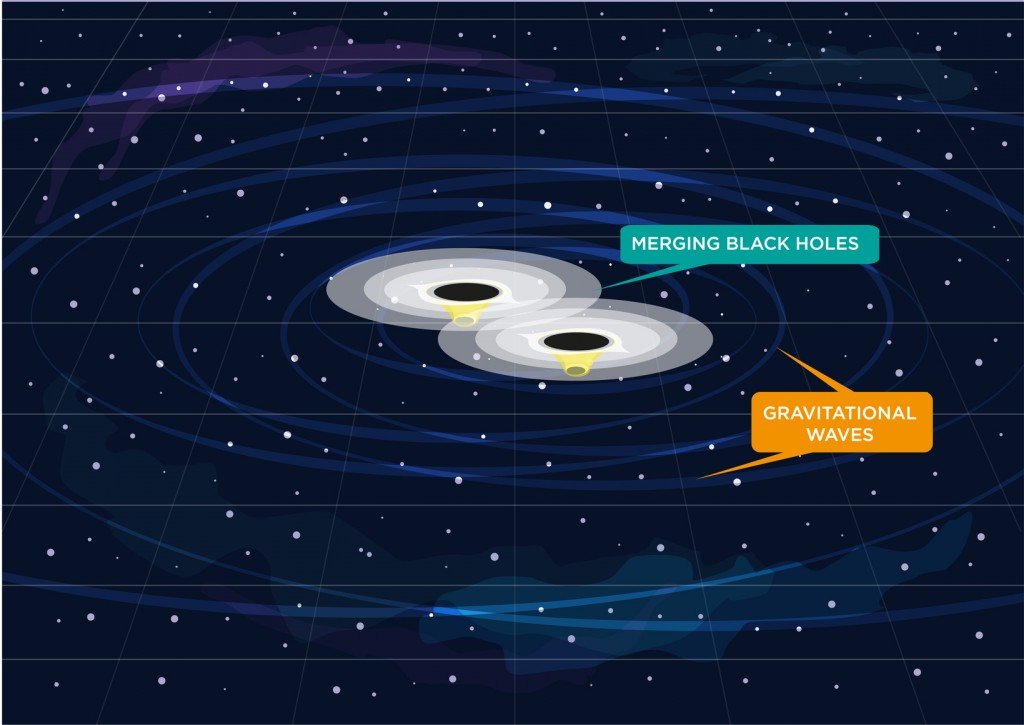Table of Contents (click to expand)
Black holes are incredibly dense and have a strong gravitational pull. When two black holes collide, they release a huge amount of gravitational waves. These waves are responsible for the two black holes’ loss of orbital energy and eventual merger.
There seems to be a lot of black hole talk in recent months and years, and while these mysterious phenomena of the universe have been studied for the better part of a century, there are still a number of unanswered questions. The gravitation power of a black hole is so strong that light cannot escape it – and apparently, neither can the secrets of black holes!
In early 2016, scientists made an incredible discovery, detecting gravitational waves for the first time, which meant that two black holes had collided somewhere in the distant universe. This story made international headlines, and is a huge step forward in our knowledge of space, gravity, and the formation of the universe.
It’s only natural, with all this excitement about black holes, that people would want to know the dramatic details… so what happens when black holes collide?
The Death Spiral Of Black Holes
Black holes are the remnants of dead stars that have collapsed in on themselves, leaving these incredibly dense black holes that float menacingly in the hearts of galaxies, devouring more and more matter and growing in size and strength. The collision of two black holes would be the ultimate galactic grudge match, but since nothing can escape the grasp of a black hole once it crosses the event horizon (“the point of no return”), it’s difficult to know exactly what occurs when two of these titanic phenomena crash into one another.

Also Read: Did Black Holes Form Before Stars Did?
Theories predict that when two black holes begin affecting one another gravitationally, they will begin to orbit one another, closing into an ever-tighter spiral. Eventually, the two black holes will merge into a single, larger black hole, but there would be an incredible amount of energy produced by this merger. Black holes spin at incredibly fast rates (1/3 to 1/2 the speed of light, in some cases), and are often more than 100 million times as massive as our Sun. Therefore, an opposing theory also exists, saying that the two black holes may negatively interact and recoil from one another due to their rapid rotation.

There are huge magnetized gas clouds that surround any black hole, and as the incredible magnetic and gravitational fields of the two black holes begin to interact, they will form a funnel-shaped vortex above the accretion disk of the black hole. In the final stages of the collision, the two black holes may be orbiting as fast as half the speed of light, and then finally come together in a burst of energy that can be felt across the universe.

What we do know is that when black holes collide, they release a huge amount of gravitational waves, which are actually responsible for the two black holes’ loss of orbital energy and eventual merger. These gravitational waves are sent outwards as a “flash” when two black holes colliding, acting as “ripples” through the fabric of space-time. These rare waves can be detected by highly sensitive instruments on Earth, such as those found at the Laser Interferometer Gravitational-Wave Observatory (LIGO), a pair of astronomical instruments located in Washington and Louisiana, in the United States.

In early 2016, the scientists at LIGO made their first confirmed discovery of gravitational waves from the collision of two black holes roughly 1.3 billion light-years away. That means that those two black holes collided when the very first plants were developing on Earth, nearly 650 million years before the first animals ever developed on our planet. Those gravitational waves have taken that long to cross the vastness of space and be detected by human beings.
Also Read: Can Light (Or Photons) Form Orbits Around A Black Hole?
More instruments like LIGO are currently being built around the world, which will help us pinpoint the locations of other black hole collisions. This new obsession with black hole research will offer us even more fascinating insights into the nature of the cosmos and the truth behind the most mysterious and frightening phenomena in our universe.
How well do you understand the article above!

References (click to expand)
- Black Holes: Gravity's Relentless Pull - hubblesite.org:80
- What Happens When Black Holes Collide? - Universe Today. Universe Today
- Castelvecchi, D. (2016, March 23). The black-hole collision that reshaped physics. Nature. Springer Science and Business Media LLC.
- BBC - Earth - Watch what happens when two black holes collide - www.bbc.com
